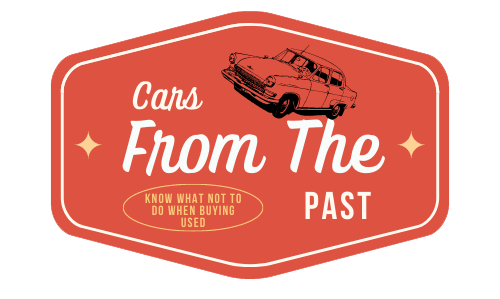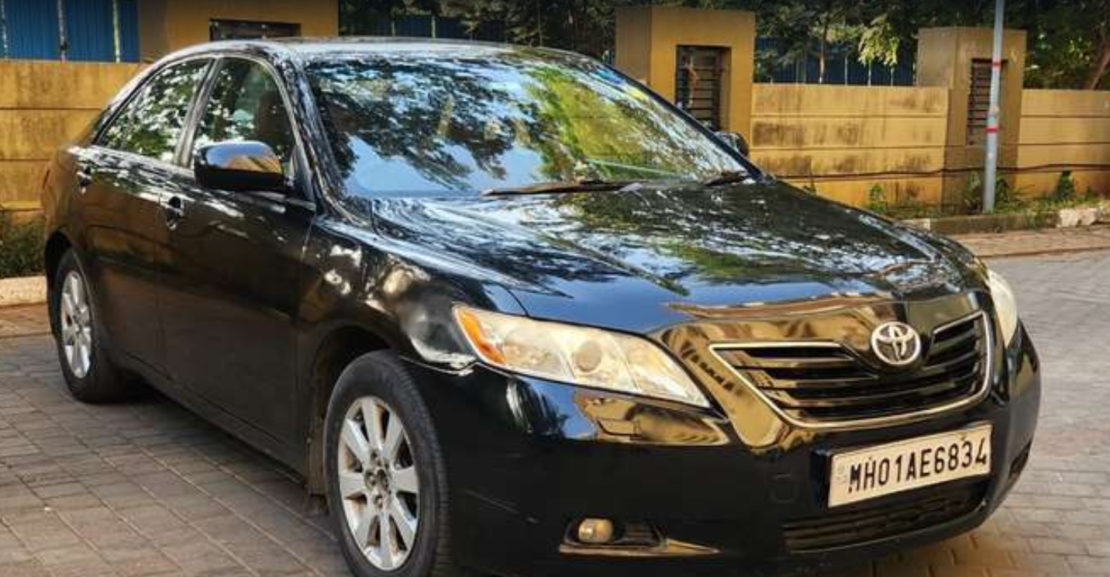Toyota Camry has been a bestseller for a decade now in the United States. If anyone was shopping for a family sedan that offers a soft and cushioned ride, they would choose a Toyota Camry.
This was the case in the United States. When the 2006 Camry debuted in India, it did not make much noise as the market had a more affordable option – Honda Accord. To make things worse for the sales, Camry arrived at Indian shores as a CBU attracting more than 100% tax. The result? It cost over ₹25 lacs to get your hands over one of these, where you could get a C class Mercedes for the same money.
Camry’s selling point was its reliability and cheap maintenance. Imagine paying just over ₹8,000 for the annual servicing for a ₹25 lac car. But even the more reliable cars have had their issues, and Camry is not any different.
So, today I have gathered from the internet the common problems found in the 2006-2011 Toyota Camry.
Early versions did not have hydraulic lifters
The Toyota 2AZ FE engine in the early versions of Camry did not come with hydraulic lifters and so they needed valve adjustments in every 1,00,000 kilometers. Failing to do so would hinder the engine operation and eventually decrease the performance.
It is covered in the annual servicing of this car at the Toyota dealership but if the car has seldom seen Toyota people, most likely it will have valve clearance issues.
Steering intermediate shaft clunks
Over time the steering wheel shaft loses its grease and when you turn the wheel you are greeted with clunking sound. It can be scary especially in an old car. The shaft starts to lose its grease at about 1,00,000 kilometers. Toyota would apply white grease on the spline and call it a day. You’ll notice that the noise is gone.
Grease is used to prevent damage from parts rubbing against each other. It does not work well after the damage has been done. A safe way is to get a new intermediate shaft and that should set you back by ₹10k to ₹15k. Or you can get your hands a little greasy and apply the white grease yourself, it should cost under ₹1,200.
ABS control module failure
It is mostly found on the earliest builds from 2006 and 2007. Later Toyota fixed it with the facelift in 2009. Imagine yourself driving your Camry and suddenly it comes to a stop and the dashboard lights come ON like it’s Christmas, you are looking at the failed ABS module. The needles would go up and down eccentrically with the lights going crazy.
Replacing it is a pretty easy job to do and you can do it yourself. The only problem is the cost of the part. And it is more than the car’s worth today. Depending on the iteration of the car, the actuator car cost you from ₹1.7 lacs to ₹3.8 lacs.
If you see a car for sale with the ABS light ON or the symptoms that I wrote earlier, just turn back and run as fast as you can.
Clock spring failure
It is not the most common problem on the 2006-2011 Camry. But a bunch of people experienced this issue in the form of Airbag malfunction light failed steering wheel controls (including the air-conditioning controls) and horn. One way to find out if it’s the clock spring that is the culprit is to use the steering wheel controls while turning the steering wheel. If the controls work at a particular position, then it is the clock spring.
Given the part is not on the cheaper side, you can perform the job of replacing it to save yourself some money. It is fairly a straightforward job. You need a toolkit with Torx bit and ratchet kit, and not to mention the repair manual (consider donating, please).
The coolant leak
This is also from the early edition of the car where the engine head bolts used to sheer off making the coolant leak at the back of the engine. You would notice the leakage on the driveway and it would be traced back to the back of the engine.
Toyota fixed this issue proactively with an improved 2AZ FE engine design. Just look for the leaks in the early iteration of the car.
Soft dashboard would peel off
The dashboard material used in the Camry is soft to touch and gives it an upmarket feel. It feels like faux leather (it isn’t). As the car ages, the dashboard started to peel off at places near the center console. Seems like Toyota did not do this job well.
The good news is that this issue was fixed in the facelifted version. No more problematic dashboard since then.
Wrapping up
As I always say, you should stay away from the first two years of production when buying an old car. It takes manufacturers to fix the most common issues in those early years. It is the same with any car, European, American or Japanese.
I also did not mention the oil burning issue with these. This is because the CBU Camry that we have in India were made in Japan and the oil burning problem was in the vehicles made in the United State. It was a big problem and Toyota even issued a TSB to rectify it free of cost.
All the issues mentioned in this article related to the Camry were addressed with the launch of an updated version in mid-2009. So, if you are in the market for a Toyota Camry, look for models after the year 2009. They had more features like a sunroof, a better audio system and seat controls, etc. It is worth paying some extra moolah and get the most bang for the buck!

